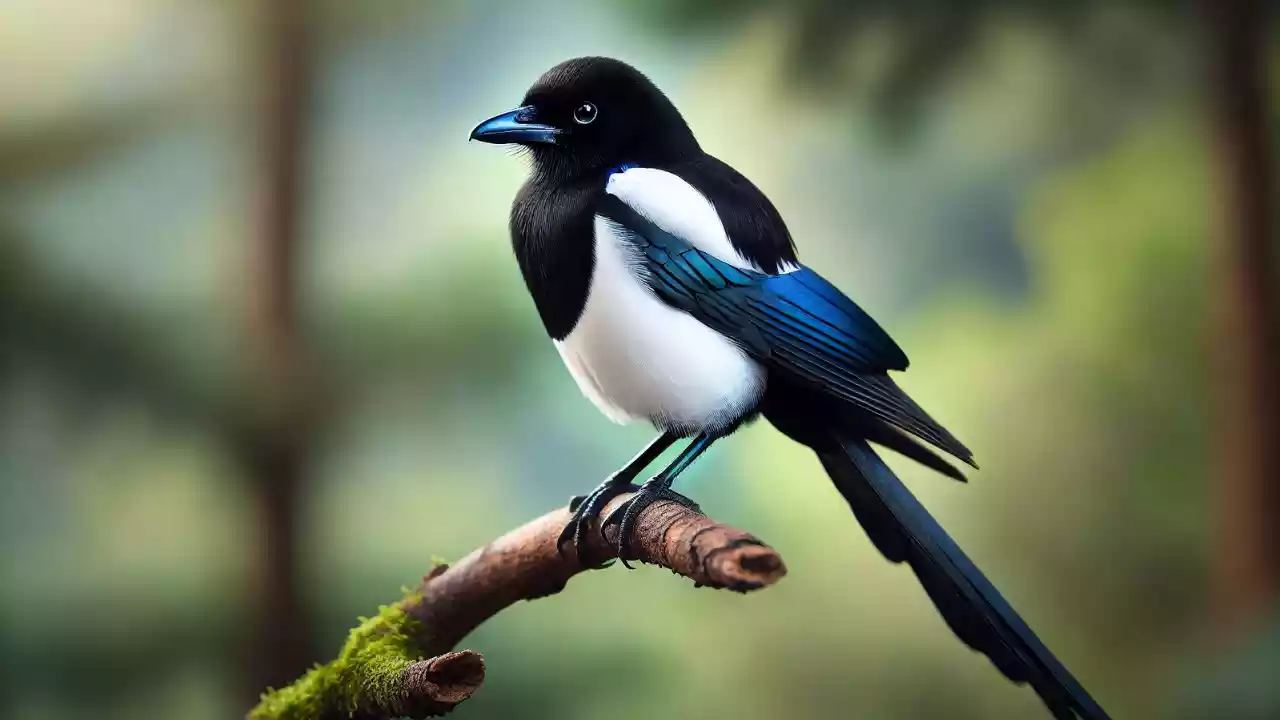Magpies are intelligent and curious birds known for their striking black and white feathers. They are also famous for their social behavior, often seen in groups. When magpies gather together, they are referred to by various collective nouns each describing a different aspect of their behavior or appearance. Let us explore these collective nouns.
Collective Noun for Magpies
| Collective Noun |
|---|
| A Tiding of Magpies |
| A Charm of Magpies |
| A Murder of Magpies |
| A Gulp of Magpies |
| A Band of Magpies |
1. A Tiding of Magpies
The word tiding comes from an old English term meaning news or information. A tiding of magpies refers to the way these birds are often seen as messengers or bringers of news.
- Example 1: A tiding of magpies flew over the village, chattering loudly.
- Example 2: Seeing a tiding of magpies on her morning walk always made Mrs. Jenkins smile.
- Example 3: The children watched a tiding of magpies gather in the park, their calls filling the air.
2. A Charm of Magpies
The term charm highlights the enchanting and somewhat mystical appearance of magpies, known for their shiny black and white plumage and intelligent eyes.
- Example 1: A charm of magpies perched on the fence, their feathers gleaming in the sunlight.
- Example 2: As the charm of magpies took flight, their wings made a mesmerizing sight against the blue sky.
- Example 3: The old legend says that a charm of magpies brings good fortune to those who see them.
3. A Murder of Magpies
Though more commonly associated with crows, murder is also used for magpies. This term evokes the bird’s sharp calls and sometimes mischievous behavior.
- Example 1: A murder of magpies cawed loudly, startling the hikers on the trail.
- Example 2: The gardener shooed away a murder of magpies that were eyeing his freshly planted seeds.
- Example 3: A murder of magpies can be quite noisy, especially in the early morning.
4. A Gulp of Magpies
Gulp is an unusual collective noun that might describe the way these birds quickly swallow food or how they sometimes seem to appear suddenly in large numbers.
- Example 1: A gulp of magpies descended on the picnic area, searching for crumbs.
- Example 2: We were surprised by a gulp of magpies that flew out of the trees as we approached.
- Example 3: The birdwatchers noted a gulp of magpies moving swiftly from tree to tree.
5. A Band of Magpies
Band suggests a group of magpies acting together, much like a musical band or a group of friends, emphasizing their social nature.
- Example 1: A band of magpies hopped around the garden, looking for insects.
- Example 2: The band of magpies seemed to have a leader, who was always the first to take flight.
- Example 3: We often see a band of magpies in the schoolyard, where they playfully chase each other.
Conclusion
Magpies are fascinating creatures, and the variety of collective nouns used to describe them reflects their diverse behaviors and characteristics. Whether seen as messengers, charming birds, or even noisy troublemakers, magpies always capture our imagination with their unique personalities. Learning these collective nouns helps us appreciate the rich language used to describe the natural world around us. So next time you see a group of magpies you can impress your friends by naming them a tiding, charm, murder, gulp or band.
